smart thinking
smart
thinking
Three Essential Keys
to Solve Problems,
Innovate,
and
Get Things Done
ART MARKMAN, PHD
A PERIGEE BOOK
A PERIGEE BOOK
Published by the Penguin Group
Penguin Group (USA) Inc.
375 Hudson Street, New York, New York 10014, USA
Penguin Group (Canada), 90 Eglinton Avenue East, Suite 700, Toronto, Ontario M4P 2Y3, Canada
(a division of Pearson Penguin Canada Inc.)
Penguin Books Ltd., 80 Strand, London WC2R 0RL, England
Penguin Group Ireland, 25 St. Stephens Green, Dublin 2, Ireland (a division of Penguin Books Ltd.)
Penguin Group (Australia), 250 Camberwell Road, Camberwell, Victoria 3124, Australia
(a division of Pearson Australia Group Pty. Ltd.)
Penguin Books India Pvt. Ltd., 11 Community Centre, Panchsheel Park, New Delhi110 017, India
Penguin Group (NZ), 67 Apollo Drive, Rosedale, Auckland 0632, New Zealand
(a division of Pearson New Zealand Ltd.)
Penguin Books (South Africa) (Pty.) Ltd., 24 Sturdee Avenue, Rosebank, Johannesburg 2196,
South Africa
Penguin Books Ltd., Registered Offices: 80 Strand, London WC2R 0RL, England
While the author has made every effort to provide accurate telephone numbers and Internet addresses at the time of publication, neither the publisher nor the author assumes any responsibility for errors or for changes that occur after publication. Further, the publisher does not have any control over and does not assume any responsibility for author or third-party websites or their content.
Copyright 2012 by Art Markman
Text design by Kristin del Rosario
All rights reserved.
No part of this book may be reproduced, scanned, or distributed in any printed or electronic form without permission. Please do not participate in or encourage piracy of copyrighted materials in violation of the authors rights. Purchase only authorized editions.
PERIGEE is a registered trademark of Penguin Group (USA) Inc.
The P design is a trademark belonging to Penguin Group (USA) Inc.
First edition: January 2012
Library of Congress Cataloging-in-Publication Data
Markman, Arthur B.
Smart thinking : three essential keys to solve problems, innovate, and get things done /Art Markman.
p. cm.
Includes bibliographical references and index.
EISBN: 9781101553978
1. Thought and thinking. 2. Critical thinking. 3. Problem solving. I. Title.
BF441.M277 2011
153.43dc23 2011035374
PRINTED IN THE UNITED STATES OF AMERICA
10 9 8 7 6 5 4 3 2 1
Most Perigee books are available at special quantity discounts for bulk purchases for sales promotions, premiums, fund-raising, or educational use. Special books, or book excerpts, can also be created to fit specific needs. For details, write: Special Markets, Penguin Group (USA) Inc., 375 Hudson Street, New York, New York 10014.
For
Lucas, Eylam, and Niv.
FOREWORD
In every walk of life, it is an advantage to be smart. The businesses that get out in front of the pack are usually the ones that outthink their competitors. The people who live long and vital lives are usually the ones who have consistently made smart choices.
The value of smart is obviousit underlies our ability to think, reason, make decisions, communicate, and take action. Thats why people are constantly searching for advice about how to think smarter and more effectively. And theres certainly no shortage of books on the subject.
Most of those books fall into one of two camps. There are many authors with beliefs and intuitions who want to tell you what has worked for them in the past. Their advice often has the feel of good common sense, but it isnt backed with any real science. There are also books written by scientists, which are heavy on the details, but light on practical recommendations.
Every once in a while, you find a book that combines leading-edge science with news you can use. Our friend and colleague Art Markman has written just such a book. As one of the worlds most respected voices in the field of cognitive science, he has spent the last 20 years as a university professor writing papers for scientific journals and advancing what cognitive science knows about thinking. But, he has also spent time outside of the lab working on real problems. He works with companies to give their employees new ways to think. He even contributed some psychology background to two of the You books.
In Smart Thinking, Art has taken his command of cognitive science from his own research and from his experience as a journal editor and boiled the discipline down to its essence. He has isolated a formula for thinking more effectively. But, he doesnt just report the research, he gives it to you in a highly actionable form. The book is filled with specific suggestions and tips that you can use to create new habits to think better starting literally from .
So, whether youre a student just starting out, an executive looking for an edge in the business world, or someone who is curious about how an understanding of psychology can change your life, Smart Thinking has a lot to offer.
But remember, just as good health requires effort on your part to learn about your body, eat right, and develop a routine for exercise, Smart Thinking requires effort to learn about your mind, and to change your daily thinking habits. Reading this book, then, is an important step toward success.
CRAIG B. WYNETT AND DR. MEHMET OZ
Craig B. Wynett is chief learning officer for the Procter & Gamble Company. Dr. Mehmet Oz is vice chair and professor of surgery at Columbia University, bestselling author, and Emmy Awardwinning host of The Dr. Oz Show.
ONE
what is smart thinking?
Smart Thinking and intelligence
are not the same.
Learn the formula for Smart Thinking.
Evaluate your own behavior.
 WHEN I WAS IN HIGH SCHOOL, I WORKED CLEANING an office building on weekends. I emptied ashtrays and trash cans, scrubbed the kitchen and toilets, and vacuumed the carpets. I plugged in a loud industrial-strength vacuum and ran it over the floors. The big canvas bag at the back of the vacuum would inflate, and sometimes a fine stream of dust would flow out of the bag and into the air. I used to get home after cleaning and take a shower to get the thin layer of dust particles off my skin.
WHEN I WAS IN HIGH SCHOOL, I WORKED CLEANING an office building on weekends. I emptied ashtrays and trash cans, scrubbed the kitchen and toilets, and vacuumed the carpets. I plugged in a loud industrial-strength vacuum and ran it over the floors. The big canvas bag at the back of the vacuum would inflate, and sometimes a fine stream of dust would flow out of the bag and into the air. I used to get home after cleaning and take a shower to get the thin layer of dust particles off my skin.
I didnt see that as an opportunity, though.
At about the same time, James Dyson was also unhappy with his vacuum. It would suck the dust from the floor and filter it through the bag. He noticed that the dust would clog the mesh of the bag, and the vacuum would get less efficient the longer he used it.
Dyson decided there must be a better way. He redesigned the vacuum. He used a cardboard tube to create a cyclone. The cyclone created centrifugal force. The dust particles were thrown outside the cyclone and could be collected in a container. This new design led to a revolution in the vacuum industry and created a company that consistently makes over $100 million in profits a year.
Smart, right?
In 1999, Fiona Fairhursta designer and former competitive swimmerand her team at Speedo went looking for a way to improve the performance of swimsuits for elite athletes. The central problem for her group is that when a person swims, the water exerts a number of forces against the body. These forces are collectively called drag. If you pull your hand quickly through a full bathtub, you can feel the drag acting against your movement. The faster you try to pull your hand through the tub, the stronger the forces that push against the movement. The design team started with the premise that there had to be a way to develop a swimsuit fabric that would decrease the effects of drag on a swimmers body.

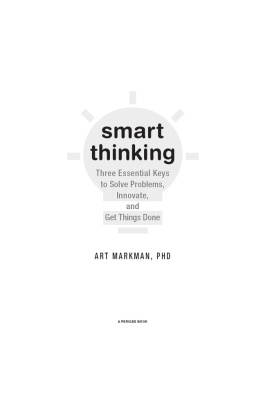
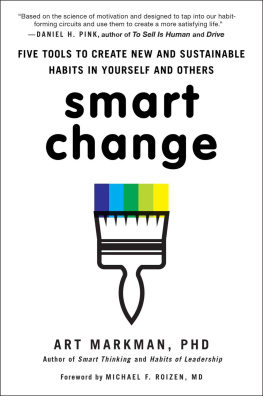



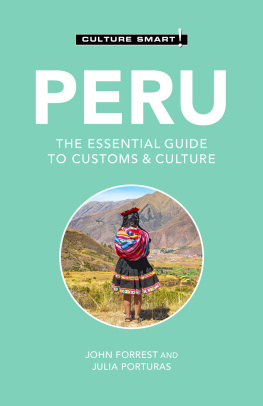


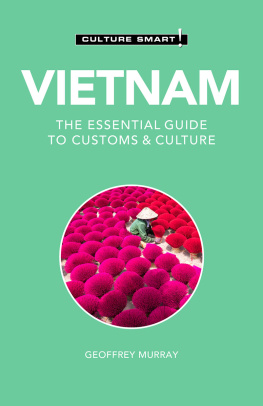

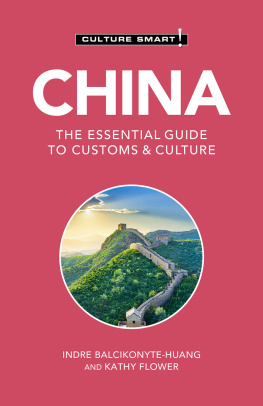
 WHEN I WAS IN HIGH SCHOOL, I WORKED CLEANING an office building on weekends. I emptied ashtrays and trash cans, scrubbed the kitchen and toilets, and vacuumed the carpets. I plugged in a loud industrial-strength vacuum and ran it over the floors. The big canvas bag at the back of the vacuum would inflate, and sometimes a fine stream of dust would flow out of the bag and into the air. I used to get home after cleaning and take a shower to get the thin layer of dust particles off my skin.
WHEN I WAS IN HIGH SCHOOL, I WORKED CLEANING an office building on weekends. I emptied ashtrays and trash cans, scrubbed the kitchen and toilets, and vacuumed the carpets. I plugged in a loud industrial-strength vacuum and ran it over the floors. The big canvas bag at the back of the vacuum would inflate, and sometimes a fine stream of dust would flow out of the bag and into the air. I used to get home after cleaning and take a shower to get the thin layer of dust particles off my skin.